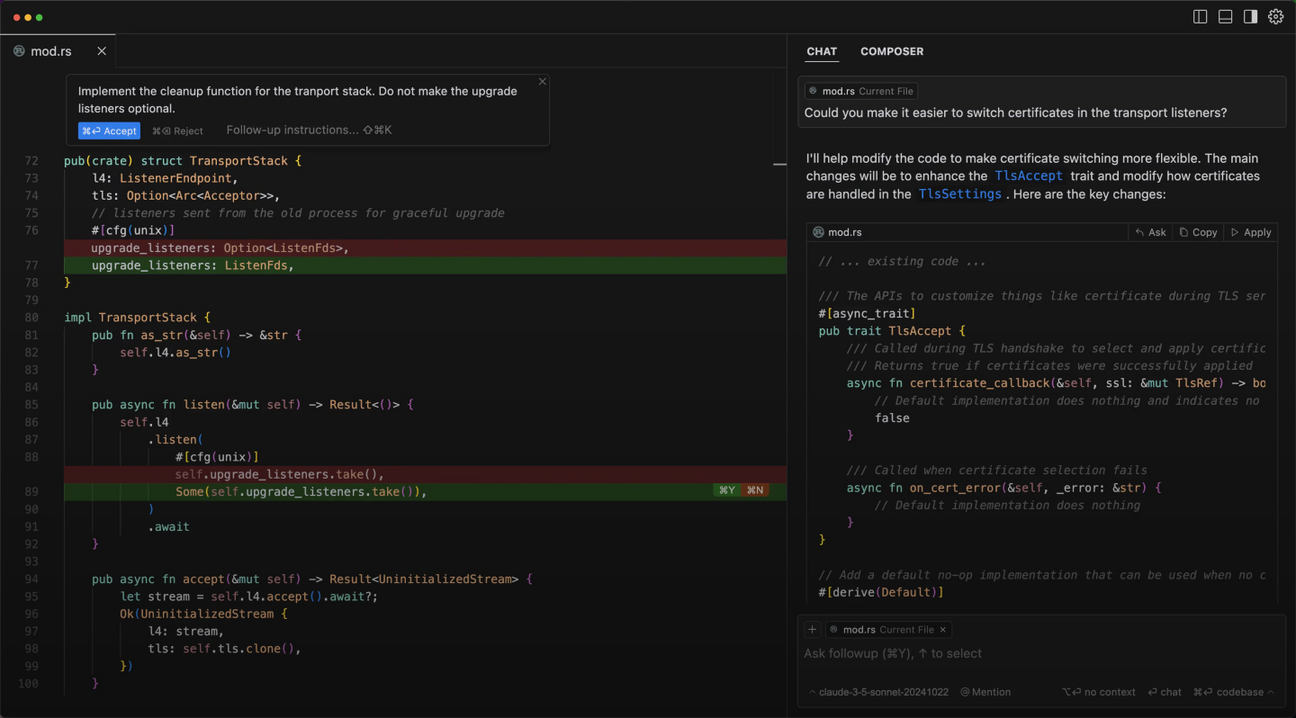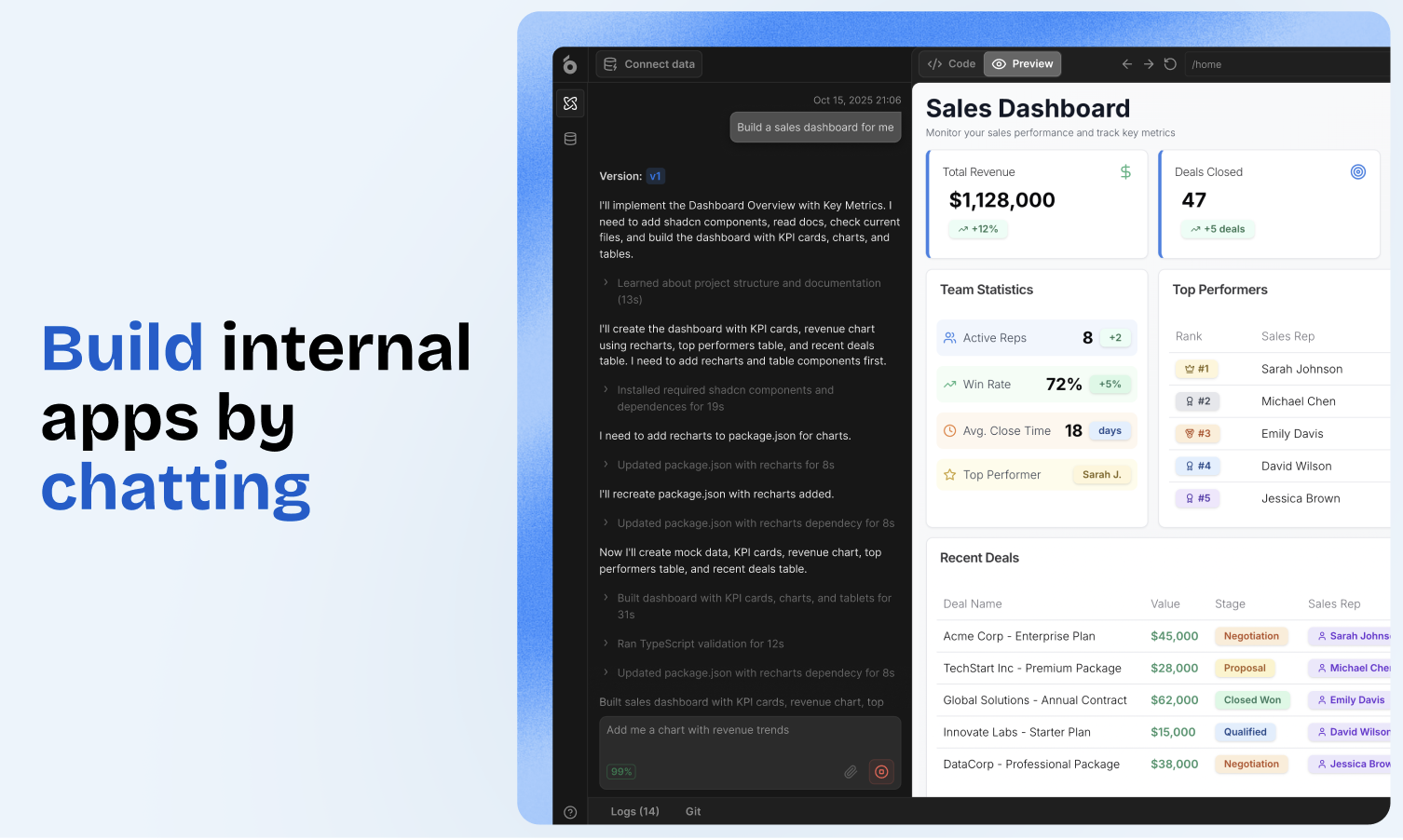
How to Use Codex: Usage, Limits, Code Generation & Real Workflows
OpenAI Codex remains one of the most influential code-generation models in the modern AI engineering stack. Whether you're using Codex inside ChatGPT, through the Codex CLI, inside Cursor, or via API, the model is still a foundational piece of the "AI-first developer workflow."
But despite its popularity, Codex usage, limits, integration flows, and real-world best practices still confuse many developers - especially newcomers moving from traditional IDEs into AI coding workspaces.
Let’s dive deep.
What is OpenAI Codex in 2025?
Codex originally powered GitHub Copilot and early generations of AI pair-programming models. In 2025, Codex is now integrated into:
- ChatGPT Code Interpreter
- Cursor’s coding engine
- Codex CLI (OpenAI’s official local coding tool)
- OpenAI API (via GPT-5 Codex modes)
- Third-party coding assistants and code-review bots

Modern Codex is not a standalone model anymore, but rather a specialized mode of the latest GPT-5 family:
Codex capabilities in 2025:
- Multi-file code generation
- Code refactoring (including OpenAI GPT-5 Codex code refactoring)
- Legacy code transformation (Python2 → 3, AngularJS → React, etc.)
- High-quality documentation and tests
- Multi-agent workflows with tools
- Local CLI-powered coding sessions
- Repository-wide reasoning
If you've seen "crisp code diffs," “intent-aware refactors,” or “explain & fix” flows - those are all powered by the Codex code generation model.
How to Use Codex: includes all official methods
There are now five main ways to work with Codex:
- ChatGPT Codex inside the ChatGPT interface
- Codex CLI for local file editing
- Codex inside Cursor AI IDE
- Codex API usage via the OpenAI API
- Codex-powered GitHub review apps
Now let's break down each one in detail.
How to use Codex in ChatGPT (step-by-step)
Many users look for how to use Codex in ChatGPT because it isn’t labeled explicitly. Codex is simply the coding mode of GPT-5.
To activate it:
- Open ChatGPT (Plus or Enterprise).
- Start a new chat.
- Choose a GPT-5 model with Code or Workspace features.
- Upload your repository or paste code.
- Ask Codex-style prompts:
- “Refactor this service using repository pattern.”
- “Generate tests with fixtures.”
- “Rewrite this in TypeScript.”
- “Explain this legacy Python script.”
Codex automatically activates when:
- You paste code
- You upload files
- You ask a code-related question
- You request diffs or refactors
ChatGPT Codex usage limits (Plus + Business)
- Soft limits vary by load.
- Typically 30-50 heavy coding tasks per hour.
- Long-context code refactors consume more quota.
- The model temporarily slows or defers tasks when you hit runtime caps.
Business Codex usage limits
- Much higher throughput.
- Repository-wide refactors allowed.
- Large-file reasoning unlocked.
If you hit limits, consider offloading “full app generation” to UI Bakery, which can generate multi-page apps, workflows, and database bindings in a single prompt without consuming ChatGPT Codex quota.
How to use OpenAI Codex in Cursor
Cursor has become a top environment for Codex-based work. Searches like how to use Codex in Cursor or codex ChatGPT integration refer to the fact that Cursor uses GPT-5 Codex under the hood.

How to use Codex in Cursor (2025 workflow)
- Open a workspace in Cursor.
- Press Cmd+K → “Ask” or “Make Changes.”
- Codex analyzes your repository context.
- Provide instructions (e.g., “migrate Redux Toolkit to Zustand”).
- Review the diff, approve, or modify.
Cursor is excellent for:
- Code transformation
- Multi-file changes
- Large codebases
- Editor-first workflows
Cursor does not generate full apps like UI Bakery. So if you seek to build an entire CRUD system, workflow automation, or connected UI quickly, you should complement Cursor with UI Bakery.
OpenAI Codex CLI: usage guide, limits, and onboarding
Codex CLI features:
- Local diffs
- Multi-file edit proposals
- Fast inline code generation
- Fix, refactor, and document
- Git integration
- Offline-friendly caching
Codex CLI usage tutorial (quick start)
npm i -g openai-codex
openai codex init
openai codex auth login
openai codex edit .Codex CLI usage limits
- Similar to ChatGPT Plus limits
- Higher throughput for Business plans
- Heavy refactors may be capped by context size
The CLI is ideal for incremental coding, while UI Bakery AI Agent can generate interface, data connections, and workflows instantly - making them complementary tools.
OpenAI Codex API Usage Guide (2025)
Developers still frequently search for:
- openai codex api usage guide
- openai codex api usage
- openai codex usage tutorial
Although Codex is merged into GPT-5, you can specify Codex-oriented parameters via the API.
API Example: GPT-5 Codex code generation
{
"model": "gpt-5-codex-latest",
"input": "Write a Node.js API endpoint with validation and pagination",
"mode": "code",
"include_diffs": true
}OpenAI Codex code examples
Codex is best for:
- Backend routes
- SQL queries
- TypeScript conversions
- Test generation
- Legacy migrations
For full-stack app generation, UI Bakery AI Agent is faster - you describe your app in natural language, and it generates UI, data bindings, workflows, and logic automatically.

Codex usage limits across all platforms
OpenAI Codex free usage
There is no standalone “Codex free plan” anymore. The free tier of ChatGPT gives:
- Small-code generation
- No repo-wide transformations
- No CLI use
If you're looking for free full-app creation, UI Bakery offers a free tier with a limited number of app generations.
Codex Code refactoring & legacy migration
Codex excels at:
- Splitting monoliths
- Updating deprecated APIs
- Migrating frameworks
- Converting JavaScript → TypeScript
- Improving architecture
Example prompt:
“Refactor this 4k-line Express router into modular controllers and services. Add JSDoc and validation.”
Codex returns a multi-file diff with explanations. This is where Cursor + Codex works extremely well. For app generators, UI Bakery can create a modern UI/data/logic layer around your refactored backend if you want to expose internal APIs visually.
Codex Code review apps & GitHub integration
Developers still ask about the codex code review GitHub app because there were earlier prototypes. In 2025, GitHub supports:
- PR summaries
- Inline review suggestions
- Automated test generation
- Change impact analysis
Codex can evaluate:
- security vulnerabilities
- complexity
- dead code
- API changes
- performance issues
CLI and GitHub workflows make these reviews fully automatic.
When to use Codex vs. when to use UI Bakery
Codex is unparalleled for:
- Editing existing code
- Performing surgical refactors
- Writing backend logic
- Improving tests
- Doing deep algorithmic work
UI Bakery is better for:
- Generating entire applications
- Building UI, forms, dashboards
- Connecting to databases/APIs instantly
- Automating workflows
- Deploying internal tools and portals
- Creating multi-page apps from a single natural-language description
Example use case pairing
- You refactor your backend with Codex (Cursor or ChatGPT).
- You build the user-facing app with UI Bakery AI Agent.
This workflow is now one of the most popular among AI-first teams.
Codex as a part of an AI developer stack
Codex is powerful, but it excels most when paired with tools that specialize in UI, workflow automation, and deployment - like UI Bakery AI Agent.
Use Codex for:
- Code-level reasoning
- Refactors
- Transformations
- Backend logic
Use UI Bakery for:
- AI app generation
- UI building
- Workflow and automation
- Connecting real data sources
- Deploy-ready outputs
Combined, they allow developers to go from idea → production in hours, not months.




